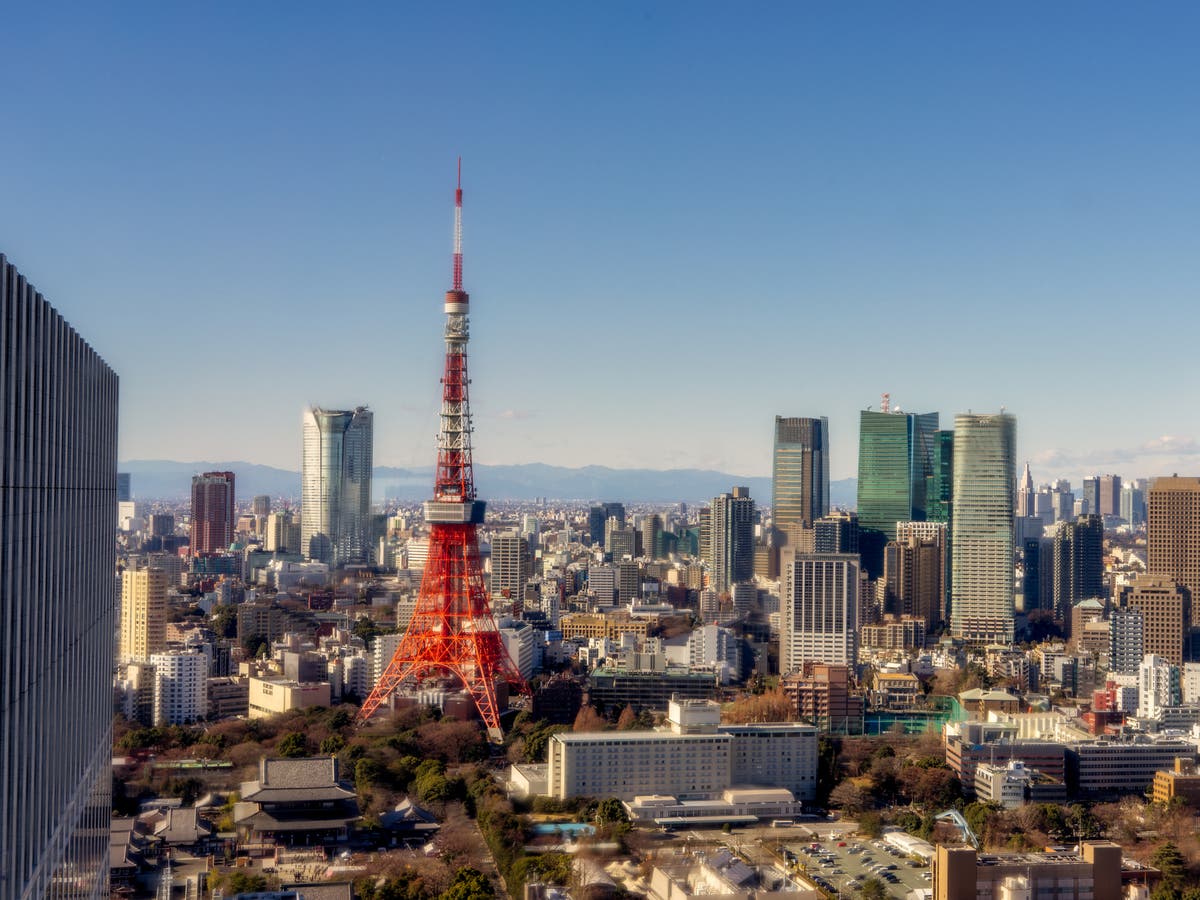Lazada is now 3 times smaller than Shopee – can it be revived by Alibaba’s S$525M funding?
What does Alibaba's latest funding injection into Lazada mean? Can it help to save the site and what does its future look like?

Disclaimer: Opinions expressed below belong solely to the author.
The battle for supremacy over Southeast Asian e-commerce used to be quite an entertaining spectacle, with the incumbent leader Lazada facing a growing challenge from a much younger upstart, Shopee — which kicked off as an annoying mosquito buzzing into the ear of an elephant only to rapidly outgrow it and, by the look of things, leave it for dead over the past two to three years.
Can the Southeast Asian e-commerce OG fight back?
Its parent company, Alibaba, thinks not all is lost yet and has just injected it with another US$378 million (S$525 million) in fresh capital according to a review of regulatory filings with Singapore’s Accounting and Corporate Regulatory Authority earlier this week.
This adds to a 2020 boost of US$1.3 billion (S$1.8 billion) that Alibaba handed Lazada early in the pandemic, for a total of US$4.4 billion (S$6.1 billion) it poured into the business between 2018 and 2020, as reported by Tech in Asia.
While it falls short of US$6.6 billion (S$9.17 billion) raised by Sea over the past two years, it’s not exactly pocket change and Lazada’s performance fails to reflect the investment so far.
Since Alibaba rarely and incompletely shares details about its constituent businesses, we only have limited information to go by.
 Image Credit: Ybox
Image Credit: YboxHowever, in its last investor day report, it revealed that Lazada’s Gross Merchandise Volume (GMV) reached US$21 billion for the preceding 12 months ending September 2021, which is a mere one-third of the US$62.5 billion that Sea posted in its annual report for 2021 (for Shopee).
Since GMV reflects the value of all goods sold and costs incurred in the process, it serves as the best reflection of the size of the platform, rather than user count or mere visits, which could be inflated or not lead to a sale.
If we are to be pedantic, we should compare the exact same periods, but Alibaba won’t really let us. However, given that it registered only a modest growth in international retail revenue for the December quarter of 2021 (compared to 2020), Lazada’s rolling 12-month GMV is unlikely to be much higher.
As I reported last year, Lazada isn’t in the same league as Shopee anymore, as Sea’s hit app is generating almost as much revenue as Alibaba’s entire international retail e-commerce — including Lazada, AliExpress, Trendyol, Daraz and various offshoots of Alibaba’s Chinese brands like Taobao, made specifically for foreign customers.
Lazada is no longer competing with Shopee, but desperately seeking relevance.
Bold plans or admission of defeat?
In this context, its seemingly bold plans to grow five-fold and reach US$100 billion in GMV by 2030 may actually be seen as an admission of defeat rather than an exciting vision of the future.
After all, Shopee is already two-thirds of the way there and growing well, so it wouldn’t be all that surprising if it hit the 100 billion mark next year or the year after. Lazada announcing that it may get there in a decade shows that even its management doesn’t have all that much confidence.
Where is it headed to?
I have to say their ideas for accelerating growth aren’t very convincing either. Several news reports from the past two weeks suggested that Alibaba is planning to expand its Southeast Asian brand into Europe, in part trying to capitalise on its experiences and the infrastructure it has in place for an already popular AliExpress.
There are a few problems with this strategy, though.
AliExpress is, indeed, quite known in parts of Europe, but its business is still just a fraction of what Lazada itself is aiming for. It’s also not a marketplace known for speed or quality, so it’s unlikely that there would be many benefits of convergence between the two, as Lazada is obviously looking to take on the mainstream, much like Shopee intends to.
Speaking of the latter, its early experiences on the Old Continent suggest that doing e-commerce there is much harder than anticipated. Sea shuttered Shopee in France after just a month and its Spanish site — while still up — isn’t exactly a blockbuster either.
 Shopee closed its pilot operations in France after just a month in business. The domain now redirects to shopee.pl
Shopee closed its pilot operations in France after just a month in business. The domain now redirects to shopee.plIts only serious European business, in Poland, stays active and is widely promoted across the mainstream media, but it doesn’t look like explosive growth is going to happen anytime soon.
Shopee’s hypnotisingly annoying commercial for the long May weekend in Poland / Video credit: Shopee
That is despite the fact that Shopee is estimated to have reached approximately 10 million users (against 22 million of the market leader Allegro) over web and mobile combined, as its engagement figures (e.g. time spent in the app or on the site) are comparable to AliExpress, with little over 20 minutes (compared to 100+ minutes for Allegro).
 Image Credit: Mediapanel.pl
Image Credit: Mediapanel.plHow can Lazada hope for anything more?
Simply put, there aren’t enough people in Europe and they are largely well-catered to already. Since products don’t differ much between platforms, what can Lazada bring to the table?
If it wanted to pursue growth it should focus on developing markets – like Sea did – and head to Latin America, Central Asia or maybe even Africa.
Taking on Europe with its still clunky and buggy site and app may end in a humiliating disaster – much worse than the setbacks it has faced in Asia ever since the Ali takeover. Even Shopee got its first burns there already.
Lazada’s only hope: survival of the fattest
Despite the fact that Lazada seems to be lacking in every department, it has one crucial advantage over Shopee — Alibaba is making money, and a lot of it, every year.
Simply put: Lazada is not fit, but it’s fat (or at least its generous sponsor is).
 Video credit: ReactionGIFS.me
Video credit: ReactionGIFS.meOver the past two years, Alibaba reported a net income of around US$20 billion in each. Meanwhile, Sea lost US$1.6 billion in 2021 alone.
The capital it raised over the past two years is good enough to keep it going for perhaps three to four years, but it has to start making profits in case the current difficult stock market situation endures and it’s very costly to raise more again.
Lazada may have subpar management, no vision, buggy app and site, and lack of any discernible direction, but it can still outlast Shopee if the latter runs out of money to burn.
Keeping a loss-making marketplace with some international potential costs Alibaba peanuts, as the entire group makes tens of billions from Chinese operations.
Sea had to raise US$6.6 billion to secure itself, while Alibaba makes three times as much in net profit every year. It has more than enough to fuel international expansion and finally fix Lazada’s problems. Who knows, maybe even buy Sea one day?
At today’s market capitalisation, Sea is valued at a meagre US$32 billion — a far cry from close to US$200 billion in the autumn of last year. Alibaba could swallow it with its biannual profit and still barely feel it.
 Sea Ltd. has lost nearly 85 per cent from its peak in the autumn and is now worth less than US$32 billion / Screenshot from Google
Sea Ltd. has lost nearly 85 per cent from its peak in the autumn and is now worth less than US$32 billion / Screenshot from GoogleIn the war of attrition, it doesn’t really matter how good you are if you run out of resources to keep going.
That’s why, against all odds, Lazada is not out of the race just yet. It’s not the few hundred million that Alibaba generously injected that will keep it alive, but that it can repeat the procedure many times more.

 JaneWalter
JaneWalter 
































